Flowers have been used for centuries to convey a variety of emotions and messages. From expressing love and gratitude to offering condolences, flowers are a versatile and meaningful gift. However, with this versatility comes the need for proper flower etiquette when giving and receiving flowers.
Basic flower etiquette includes choosing the right flowers for the occasion, understanding the meanings of different flower colors, and properly caring for and handling flowers. Additionally, flower etiquette can vary depending on the social event or cultural context. For example, in some cultures, certain flowers may be associated with luck or superstition, while in others, they may be seen as inappropriate or offensive.
Understanding flower etiquette is not only important in social situations but also in business settings. Knowing when and how to send flowers to colleagues or clients can help build and maintain positive relationships. In this article, we will explore the dos and don’ts of flower etiquette in various contexts and provide tips for choosing and caring for flowers.
Basic Flower Etiquette:
Flowers are a popular gift for various occasions, but giving flowers has its own set of rules. Here are some basic flower etiquette guidelines to follow:
When To Give Flowers:
Flowers can be given for many occasions, including birthdays, weddings, anniversaries, and funerals. However, it’s important to keep in mind the recipient’s preferences and cultural background. For example, some cultures consider certain flowers to be unlucky or inappropriate for certain occasions.
It’s also important to consider the relationship between the giver and the recipient. For example, giving red roses to a coworker might be seen as inappropriate, while giving yellow flowers to a romantic partner might be interpreted as a sign of friendship rather than love.
Choosing The Right Flowers:
Choosing the right flowers can be just as important as when to give them. Here are some tips to keep in mind:
By following these basic flower etiquette guidelines, you can ensure that your gift of flowers is well-received and appreciated.
Basic Flower Etiquette:
When it comes to social events, flowers are a common gift to bring. However, it is important to follow proper flower etiquette to avoid any potential misunderstandings or offense. Here are some guidelines for different types of social events:
Weddings:
Weddings are a joyous occasion, but it is important to choose the right flowers to give. Guests should avoid bringing white flowers, as they are traditionally reserved for the bride’s bouquet. Instead, guests should opt for colorful flowers that match the wedding’s color scheme. It is also important to consider the size of the bouquet, as large bouquets may be difficult for the bride to hold during the ceremony.
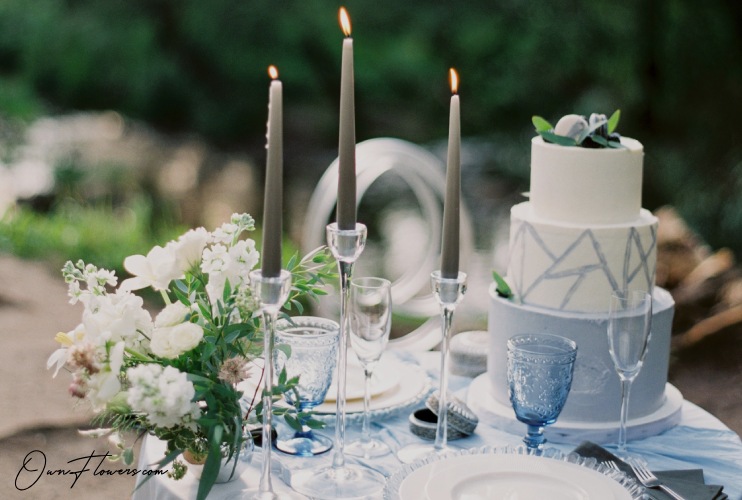
Ownflowers.com
Funerals:
Funerals are a solemn occasion, and flowers are a way to express condolences and sympathy. Guests should choose flowers that are appropriate for the occasion, such as lilies or roses. It is important to avoid bright and cheerful flowers, as they may be seen as inappropriate for the occasion. Guests should also consider the family’s religious beliefs and cultural traditions when choosing flowers.
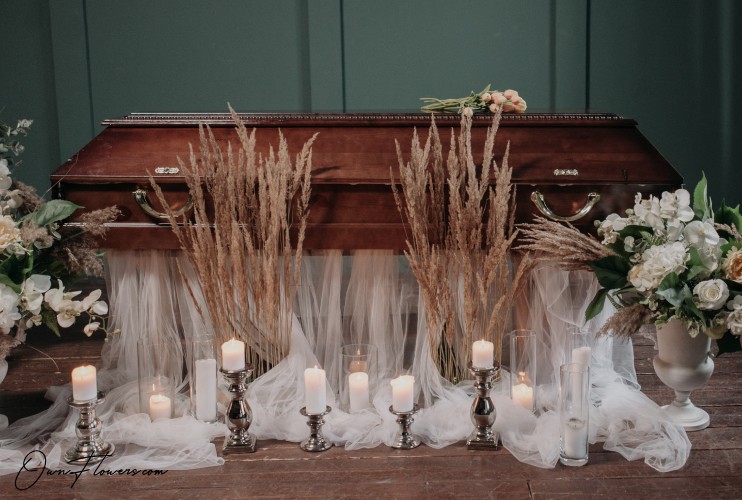
Ownflowers.com
Dates:
Flowers can be a romantic gesture on a date, but it is important to choose the right flowers to avoid sending the wrong message. Red roses are traditionally associated with love and romance, so they should be reserved for established relationships. For a first date or early in a relationship, a bouquet of mixed flowers or a single flower such as a daisy or sunflower can be a thoughtful gesture.

Ownflowers.com
Hospital Visits:
Flowers can brighten up a hospital room and bring cheer to someone who is ill. However, it is important to choose flowers that are appropriate for a hospital setting. Guests should avoid flowers with strong scents, as they may be overwhelming for patients with respiratory issues. It is also important to choose flowers that are easy to care for, such as daisies or carnations, as hospital staff may not have the time to care for more delicate flowers.
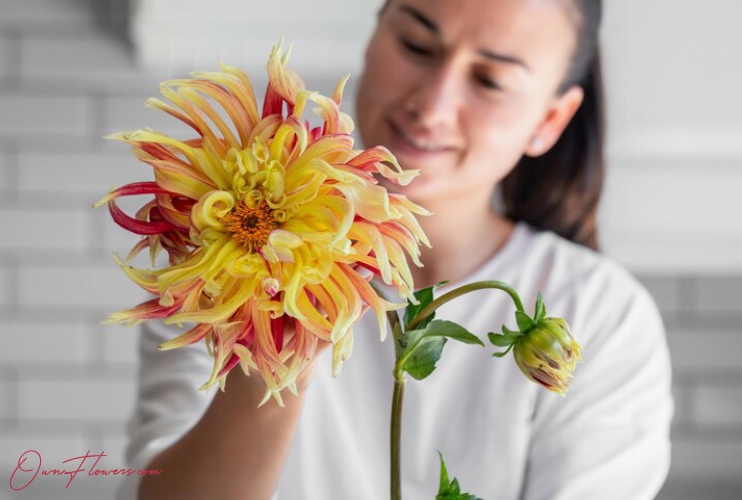
Ownflowers.com
Following proper flower etiquette can help ensure that flowers are a thoughtful and appreciated gift in any social event.
Flower Etiquette Around The World:
Flower-giving etiquette varies greatly from country to country. Here are some examples of how flowers are given in different parts of the world.
Japan:
In Japan, people give flowers on many occasions, including weddings, funerals, and festivals. However, the type of flower and the way they present it holds great significance. For instance, they often offer white flowers at funerals, while reserving red flowers for romantic occasions and avoiding them at funerals. Along with the flowers, it is customary to bring a small gift, such as fruit or candy.
France:
Flowers are an important part of French culture, and they are often given as gifts on special occasions such as birthdays, anniversaries, and weddings. However, there are some rules to follow when giving flowers in France. For example, it is considered bad luck to give an even number of flowers, as this is associated with funerals. It is also important to choose the right flower for the occasion. Red roses are associated with romance, while yellow flowers are associated with jealousy.
Russia:
In Russia, flowers are given on many occasions, including birthdays, weddings, and funerals. However, there are some rules to follow when giving flowers in Russia. For example, it is customary to give an odd number of flowers, as even numbers are associated with funerals. It is also important to choose the right flower for the occasion. Red flowers are associated with love and passion, while yellow flowers are associated with friendship.
Overall, it is important to be aware of the cultural significance of flowers when giving them as gifts. By following the customs and traditions of the country you are in, you can show respect and appreciation for the culture and the people you are interacting with.
Flower Etiquette In Business:
Sending flowers to colleagues, clients, and business partners can be a thoughtful gesture that helps maintain professional relationships. However, it is important to follow proper flower etiquette to avoid any misunderstandings or inappropriate messages.
Occasions For Sending Flowers:
There are several occasions when it is appropriate to send flowers in a business setting. These include:
Types Of Flowers To Send:
When choosing flowers to send in a business setting, it is important to consider the message that the flowers convey. Some flowers have specific meanings that may not be appropriate for a professional setting. For example, sending red roses to a colleague or client may often be associated with romantic love and could send the wrong message.
Here are some flowers that are appropriate for a business setting:
Flower Delivery:
When sending flowers to a business associate, it is important to choose a reputable florist and avoid delivery services that may seem romantic. It is also important to ensure that the flowers are delivered at an appropriate time and place. For example, sending flowers to a client’s home may be inappropriate, while sending them to their office may be more appropriate.
In conclusion, following proper flower etiquette in a business setting can help maintain professional relationships and avoid any misunderstandings. By choosing appropriate flowers and delivery methods, one can express gratitude, celebrate achievements, and offer condolences in a thoughtful and professional manner.
Flower Etiquette In Business:
People have used flowers for centuries to convey messages and emotions. The color of the flower is just as important as the type of flower when it comes to sending a message. Here are some common flower colors and their meanings:
Red:
A bold and passionate color, red represents love, romance, and desire. Red roses are a classic symbol of love and are often given on Valentine’s Day or anniversaries. Other red flowers, such as carnations or tulips, can also convey feelings of love and admiration.
Pink:
Pink is a softer, more romantic version of red. It represents love, gentleness, and femininity. Pink flowers, such as roses, carnations, and peonies, are often given as a symbol of affection or admiration.
Yellow:
Representing friendship, joy, and happiness, yellow is a cheerful and sunny color. Flowers like daffodils, sunflowers, and roses in this shade are often gifted as symbols of friendship or to bring cheer to someone’s day.
Orange:
Vibrant and energetic, the color orange symbolizes enthusiasm, excitement, and passion. It’s often used in flowers like marigolds and lilies, given to celebrate new beginnings or convey excitement about a new venture.
Purple:
Lavender and orchids, among other purple flowers, are often given as a symbol of admiration or to convey feelings of elegance and grace. Purple, a regal and elegant color, represents royalty, luxury, and sophistication.
Blue:
Representing peace, tranquility, and serenity, blue is a calming and soothing color. People often give hydrangeas and delphiniums, among other blue flowers, to promote relaxation and convey feelings of openness and intimacy.
White:
Symbolizing purity, innocence, and sympathy, white is a color often associated with lilies and roses, which are commonly given at funerals or to express condolences.
Overall, the color of a flower can convey a powerful message. When choosing a flower to give, it’s important to consider the color and what message it will send.
Proper Care And Handling Of Flowers:
Proper care and handling of flowers can significantly extend their lifespan and keep them looking fresh and beautiful. Here are some essential tips to keep in mind:
Water Quality:
The most crucial factor affecting flower vase life is water quality. Cut flowers need clean, pure water, and not all tap water is suitable for flowers. Sodium, present in high concentrations in soft water, is toxic to roses and carnations. Florists recommend using distilled or filtered water to ensure the flowers’ longevity.
Temperature:
Flowers are sensitive to temperature changes. They thrive in cooler environments, so it’s best to keep them away from direct sunlight and heat sources. If the flowers are delivered in a box, it’s best to remove them from the box and place them in a cool room with plenty of light.
Cutting Stems:
Before placing flowers in a vase, it’s essential to cut the stems at an angle, preferably under running water. This process helps the flowers absorb water more efficiently and prevents air bubbles from forming in the stem. The ideal angle for cutting stems is 45 degrees.
Removing Foliage:
It’s best to remove any foliage that will be below the waterline in the vase. This helps prevent bacteria growth in the water, which can shorten the flowers’ lifespan. It’s also essential to remove any wilted or damaged leaves or petals to keep the arrangement looking fresh.
Changing Water:
Flowers require fresh water every few days. It’s best to change the water every two to three days and add flower food to the vase. Flower food contains essential nutrients that help the flowers last longer. It’s also essential to clean the vase thoroughly before refilling it with fresh water.
By following these simple tips, anyone can ensure their flowers look fresh and beautiful for as long as possible. Proper care and handling of flowers not only prolong their lifespan but also show that you care about the gift you’re giving or the arrangement you’re creating.
Conclusion:
Understanding flower etiquette is essential for sending and receiving flowers in a thoughtful and appropriate manner. The dos and don’ts of flower etiquette can vary depending on the occasion, the recipient, and cultural norms. However, some general guidelines can help ensure that your floral gesture is well-received and appreciated.
When choosing flowers, always consider the recipient’s preferences and tastes. If you know their favorite flowers or colors, it shows that you’ve put thought into the gift. Additionally, it’s important to consider the occasion and the message you want to convey. For example, people traditionally associate red roses with love and romance, while they symbolize friendship and joy with yellow roses.
It’s also important to consider the presentation of the flowers. A well-arranged bouquet or vase can make a big difference in the impact of your gift. If you’re not sure how to arrange flowers, consider consulting a florist or looking up tutorials online.
When receiving flowers, it’s important to express gratitude and acknowledge the gesture. A thank-you note or phone call is a simple but meaningful way to show appreciation. Additionally, it’s important to take care of the flowers properly to ensure they last as long as possible.
By following these guidelines, you can ensure that your floral gestures are thoughtful, appropriate, and well-received. Whether you’re sending flowers for a special occasion or just to brighten someone’s day, a little bit of etiquette can go a long way in making the gesture truly meaningful.

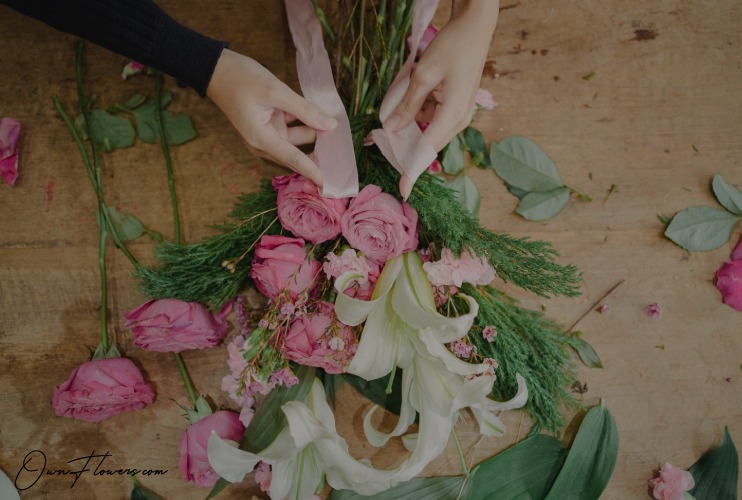
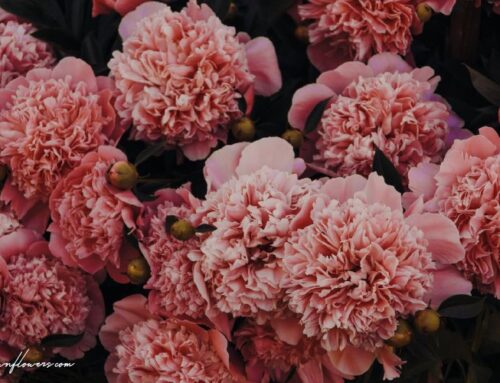




Leave A Comment
You must be logged in to post a comment.